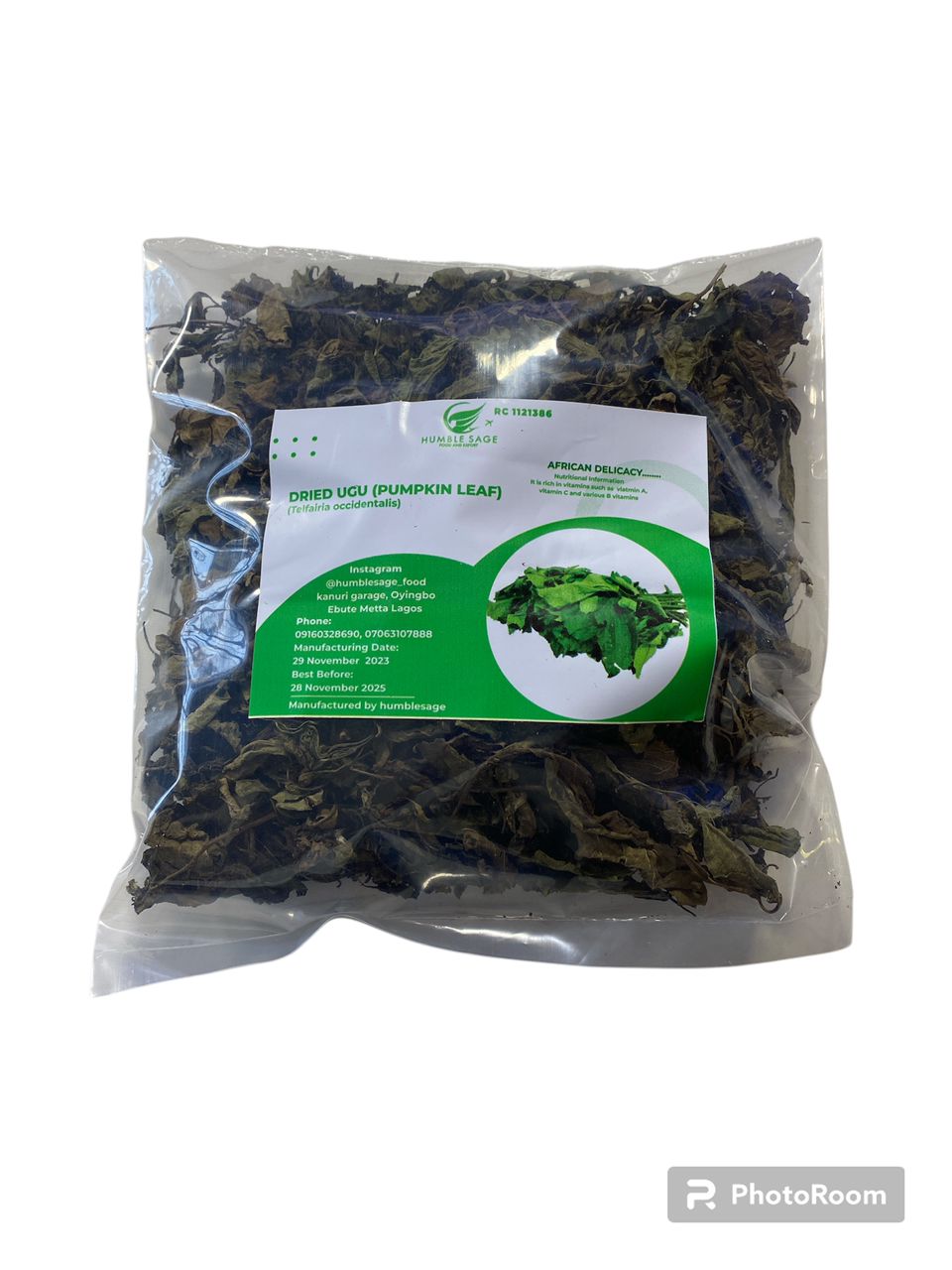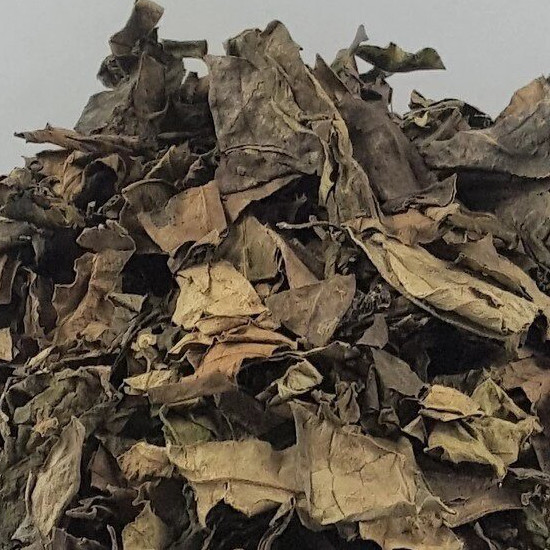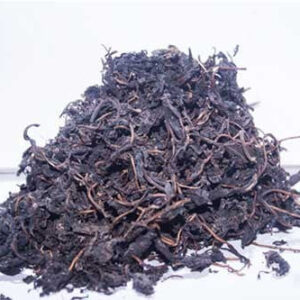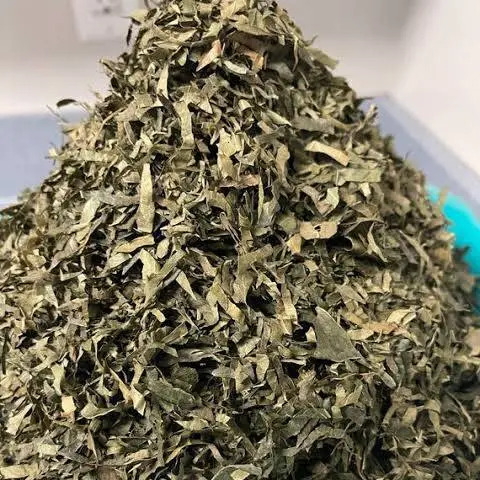Dried ugu leaf
Original price was: ₦7,000.00.₦6,000.00Current price is: ₦6,000.00.
Dried Ugu leaf, from the fluted pumpkin plant (Telfairia occidentalis), is a staple in West African cuisine, particularly Nigeria. Known for its mildly bitter taste and nutritional benefits, it’s rich in vitamins A, C, and K, and minerals like calcium and iron. Ugu leaves are commonly used in soups and stews like Egusi soup, providing health benefits such as antioxidant properties and immune support. Rehydrate before cooking to enjoy its earthy flavor and nutritional boost.
Description
Dried Ugu leaf refers to the dried leaves of the fluted pumpkin plant, known scientifically as Telfairia occidentalis. The plant is commonly referred to as Ugu in Nigeria and is a staple vegetable in West African cuisine. Drying the leaves preserves them for longer storage and use, making them a convenient ingredient for various dishes.
Botanical Description Dried ugu leaf
- Scientific Name: Telfairia occidentalis
- Family: Cucurbitaceae
- Common Names: Fluted pumpkin, Ugu (Nigeria), Ikong-Ubong (Efik), Nkong Ubong (Ibibio)
- Plant Description:
- Type: Perennial vine.
- Leaves: Large, dark green, and glossy with a slightly serrated edge.
- Stem: Thick, with tendrils that help the plant climb.
- Flowers: White or yellowish, large, and bell-shaped.
- Fruit: Large, ribbed pumpkin-like fruit containing seeds.
Physical Characteristics of Dried Ugu Leaves
- Color: Dark green to brownish-green.
- Texture: Brittle and crinkled, becoming powdery when crushed.
- Aroma: Earthy and slightly grassy.
- Flavor: Mildly bitter with a slightly sweet undertone.
Nutritional Profile (per 100 grams of fresh leaves, as the dried leaves will concentrate these nutrients)
- Calories: Approximately 38 kcal
- Carbohydrates: Around 7 grams
- Protein: About 2-3 grams
- Fat: Less than 1 gram
- Fiber: Approximately 2 grams
- Vitamins and Minerals: Rich in vitamins A, C, and K, as well as calcium, iron, magnesium, potassium, and folic acid.
Health Benefits
- Rich in Antioxidants: High in vitamins A and C, which have antioxidant properties.
- Bone Health: High calcium content supports bone and teeth health.
- Blood Health: Rich in iron and folic acid, which are important for the production of healthy red blood cells.
- Immune Support: Vitamins and minerals in Ugu leaves help boost the immune system.
- Digestive Health: High fiber content aids in digestion and promotes bowel regularity.
Culinary Uses
- Soups and Stews: Commonly used in traditional Nigerian soups such as Egusi soup, Ogbono soup, and vegetable soup.
- Porridges: Added to porridges for added nutrition and flavor.
- Side Dishes: Can be rehydrated and used as a side vegetable dish.
- Smoothies and Juices: Sometimes blended into smoothies or juices for a nutritional boost.
Traditional Recipes Using Ugu
- Egusi Soup:
- Ingredients: Ground melon seeds (egusi), dried Ugu leaves, palm oil, assorted meats, stockfish, crayfish, onions, and seasonings.
- Preparation: Cook the meats and stockfish with seasonings and onions. Add palm oil and ground egusi to the pot and cook until the egusi is well-fried. Add water to the pot to create a soup base. Rehydrate the dried Ugu leaves by soaking them in water, then add them to the soup and simmer until cooked.
- Vegetable Soup (Afang Soup):
- Ingredients: Dried Ugu leaves, waterleaf (or spinach), assorted meats, periwinkles, palm oil, crayfish, onions, and seasonings.
- Preparation: Cook the meats with seasonings and onions until tender. Add palm oil and crayfish to the pot. Rehydrate and add the dried Ugu leaves, followed by the waterleaf. Cook until the vegetables are tender and the soup is well-mixed.
Preparation and Usage
- Rehydration: Dried Ugu leaves need to be rehydrated before use. Soak them in warm water for 10-15 minutes, then drain and rinse.
- Cooking: Rehydrated Ugu leaves can be added directly to soups, stews, and other dishes towards the end of the cooking process to retain their nutrients and texture.
Processing of Dried Ugu
- Harvesting: Fresh Ugu leaves are harvested from the fluted pumpkin plant.
- Cleaning: The leaves are washed thoroughly to remove dirt and debris.
- Blanching (Optional): Some methods involve blanching the leaves briefly in hot water to preserve color and nutrients.
- Drying: The leaves are spread out in a single layer and dried in the sun or a dehydrator until completely dry and brittle.
- Packaging: The dried leaves are then packed in airtight containers or bags to maintain their quality and shelf life.
Storage
- Conditions: Store in an airtight container in a cool, dry place away from direct sunlight.
- Shelf Life: Can last for several months to a year if stored properly, with minimal exposure to moisture and air.
Cultural and Historical Significance
- Culinary Tradition: Ugu leaves are a staple in Nigerian cuisine and are used in many traditional dishes.
- Medicinal Uses: Traditionally used in herbal medicine for their purported health benefits, including treating anemia and boosting immune function.
- Economic Importance: The cultivation and sale of Ugu leaves provide a source of income for many small-scale farmers and market vendors.
Safety and Precautions
- Allergies: Generally safe for most people, but individuals with specific plant allergies should exercise caution.
- Quality Control: Ensure leaves are sourced from reputable suppliers to avoid contamination with pesticides or other harmful substances.
Additional information
| Weight | N/A |
|---|---|
| Package Size | 100g |






Reviews
There are no reviews yet.